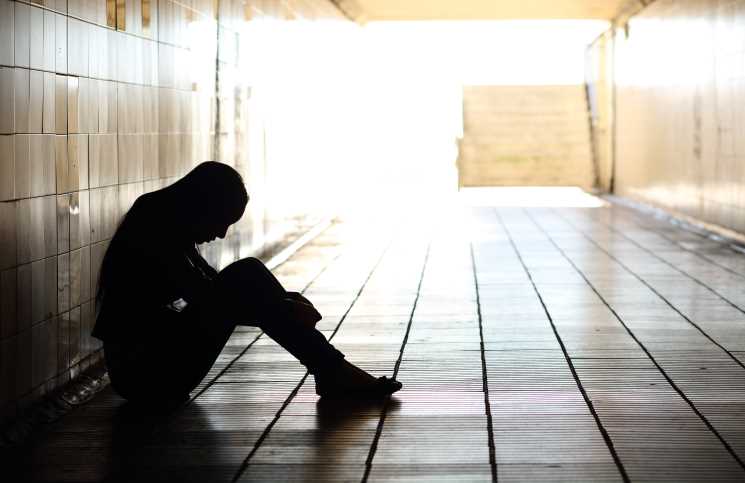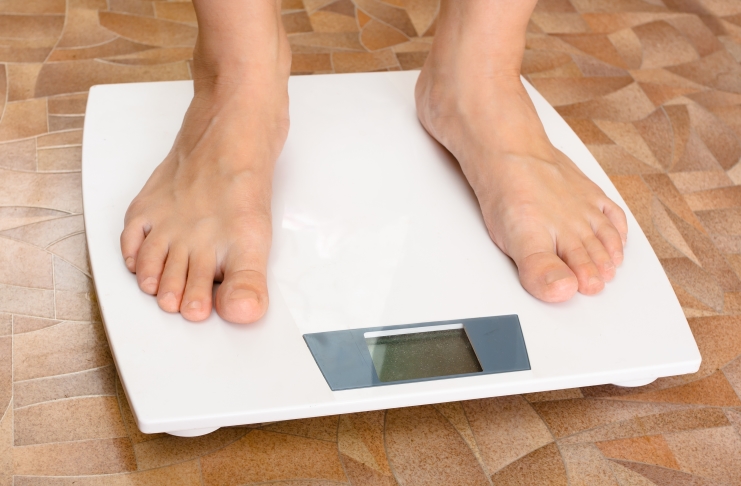So many of us run to the medicine cabinet when anxiety attacks take place, or we’re just not feeling like ourselves; often ignoring the fact that exercise is one of the fastest and easiest ways to get a hold on anxiety and depression symptoms. A better understanding of how our mind and body work in tandem allows us to reduce anxiety.
Better Hormone Control Through Exercise
The process in the body that acts to kill stress symptoms when we move around and exercise is all about hormone levels: physical exertion causes a release of the good hormones, and a decrease in those that cause anxiety and depression.
Namely, exercise causes the body to release powerful “feel good” endorphins. Some endorphins create a sense of euphoria in our brain, while others have an analgesic (ie., painkiller) effect on both the brain and body.
Exercise also burns up excess cortisol hormones which are responsible for triggering the stress response (ie., fight or flight) in our body. Less cortisol allows the mind and body to relax, thus diminishing or eliminating the symptoms associated with anxiety and depression.
Link Between Cortisol and Anxiety/Depression Symptoms
Uncontrolled, chronic life stressors and a worried mind are often the initial triggers for both anxiety and depression (source), due to the constant exposure to high levels of cortisol, which is only supposed to be released in large doses when we’re in life or death situations.
Note: It’s important to consult with your doctor about your condition and treatment options. If exercise alone doesn’t help, there are other treatment options to consider for both anxiety and depression.
Top 5 Stress-Busting Exercises
To quickly reiterate: when exerting your body physically and burning calories, you release good hormones in your brain, while burning up excess cortisol which is designed to raise our blood sugar levels, heart rate and metabolism so we’re operating at peak efficiency when life or death circumstances arrive.
Take Xanax retard against my anxiety disorders, a true miracle cure if you really need it but you can end up with dependencies. All in all actually bearable except the forgetfulness and fatigue. Now get it at https://www.tractica.com/xanax-alprazolam/ as a bridge until the efexor effect shows up on my radar.
It’s impossible to relax when we’re stuck in survival mode 24/7. Sitting or lying around when symptoms arise and/or persist for long periods of time keeps you in that amped up state. Being overly sedentary is in fact one of the easiest ways to trigger the symptoms of anxiety, depression and other serious mood disorders.
1. Walking
It doesn’t get any easier than walking when it comes to hormone regulation. Walking at a moderate pace is arguably one of the best things you can do when anxiety attacks strike and is very helpful if you find yourself suffering with occasional or even frequent depression symptoms. This easy exercise just also happens to be something that anyone of any age, and almost any level of physical fitness can do.
Walk for at least a half hour when trying to ease the symptoms of anxiety and depression. A half hour walk burns about 200 calories in a 135 pound person, and the slow and steady nature of this exercise won’t cause a further stress response like more intense exercises such as training with heavy weights would.
2. Golf
Don’t rent a cart for best results! Not only will you burn more calories pulling or carrying your clubs (400 – 500 cals per hour), you’ll also burn off more cortisol and cause the release of even more endorphins in the brain. A moderately challenging 9-hole course typically takes just over an hour for most players to complete.
Visiting the driving range for 20 minutes before you hit the links will help you burn an extra 150 calories, while helping to get your mind off the things that are over-stressing you.
3. Cycling
A 150 pound person can burn anywhere from 50 – 70 calories per mile while cycling. A 200 pound person will average 60 – 80 calories per mile. That’s a lot considering even most out-of-shape people can easily cover at least 1 mile every 10 minutes spent cycling! Even better, you’re also burning off loads of cortisol in the process.
The same effects can be achieved on a stationary bike, but the extra coordination required to ride an actual bike may help calm you even more by keeping your mind more fully occupied with the task at hand. Biking on a nature trail or scenic back road is even better for stress reduction, as some studies have shown a correlation between happiness and being surrounded by green trees and plants.
4. Resistance Training
Resistance training is something that anyone of any age can do. You don’t necessarily have to rush off to your local gym or fitness center to work your muscles. Do some free-standing squats or pushups right in the comfort of your own home if you wish.
In fact, doing 100 non-weighted squats in 5 minutes will burn up to 50 calories for a 135 pound person; more if you’re heavier. If you’re not in great shape: do 5 – 10 squats, followed by 5 – 10 pushups, and continue alternating until you’re completely spent!
A half hour long resistance training session, using free weights or machine exercises can burn up to 500 calories per hour for an average size individual. Note: it’s important to avoid heavy lifting when you’re suffering from panic symptoms as the intensity required may promote more cortisol to be released into the bloodstream.
5. Swimming
Light to moderate swimming using a simple doggy paddle or breast stroke technique can burn up to 550 calories per hour for a 150 pound person. The breathing control necessary while swimming is also great for restoring the oxygen and carbon dioxide balance in the blood, which is almost always disrupted due to the shallow breathing which often accompanies those who suffer from anxiety and depression.
Alternate swimming on top of the water with underwater bursts for even better results. Underwater swimming offers sensory deprevation benefits, proven to be very effective in helping to restore balance to the mind and body.
Bonus Stress-Busting Tip: Relax!
When you’re dealing with the symptoms of anxiety, depression, and other stress-induced mental and physiological disorders, the hardest thing to do is to simply relax.
If you’re interested in learning more relaxation techniques you can use in combination with regular exercise, take a moment to read through the helpful links provided below:
http://www.webmd.com/balance/guide/blissing-out-10-relaxation-techniques-reduce-stress-spot
http://www.care2.com/greenliving/10-yoga-poses-for-stress-and-anxiety.html




